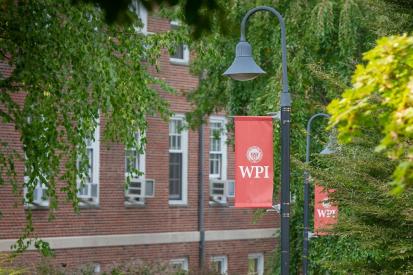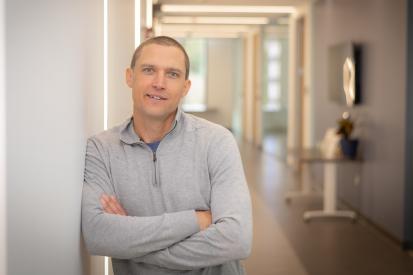
I use physical principles at the molecular scale to solve macroscopic problems in biology, e.g. How do a molecule's mechanical properties influence the behavior of a cell? How do single molecule measurements relate to muscle function? To answer such questions, I use a combination of computer simulations and mathematical analysis. This theoretical work is complemented by experiments performed by my collaborators. In my teaching, I enjoy emphasizing connections between math and other disciplines.

I use physical principles at the molecular scale to solve macroscopic problems in biology, e.g. How do a molecule's mechanical properties influence the behavior of a cell? How do single molecule measurements relate to muscle function? To answer such questions, I use a combination of computer simulations and mathematical analysis. This theoretical work is complemented by experiments performed by my collaborators. In my teaching, I enjoy emphasizing connections between math and other disciplines.
Scholarly Work
Jarvis, K., M. A. Woodward, E. P. Debold and S. Walcott, Acidosis affects muscle contraction by slowing the rates myosin attaches to and detaches from actin. Journal of Muscle Research and Cell Motililty. 39(3): 135-147. 2018
Newhard, C. S., S. Walcott, and D. M. Swank, The load-dependence of muscle's force-velocity curve is modulated by alternative myosin converter domains. American Journal of Physiology (Cell Physiology). 316(6): C844-C861. 2019
Lombardo, A.T., S. R. Nelson, G. G. Kennedy, K. M. Trybus, S. Walcott, and D. M. Warshaw, Myosin Va transport of liposomes in three-dimensional actin networks is modulated by actin filament density, position, and polarity. Proceedings of the National Academy of Sciences. 116(17): 8326-8335. 2019
Jarvis, K. J., K. M. Bell, A. K. Loya, D. M. Swank and S. Walcott, Force-velocity and tension transient measurements from Drosophila jump muscle reveal the necessity of both weakly-bound cross-bridges and series elasticity in models of muscle contraction. Archives of Biochemistry and Biophysics. 701: 108809. 2021
Walcott, S. and D. M. Warshaw, Modeling myosin Va liposome transport through actin filament networks reveals a percolation threshold that modulates transport properties. Molecular Biology of the Cell. 33(2): ar18. 2022


